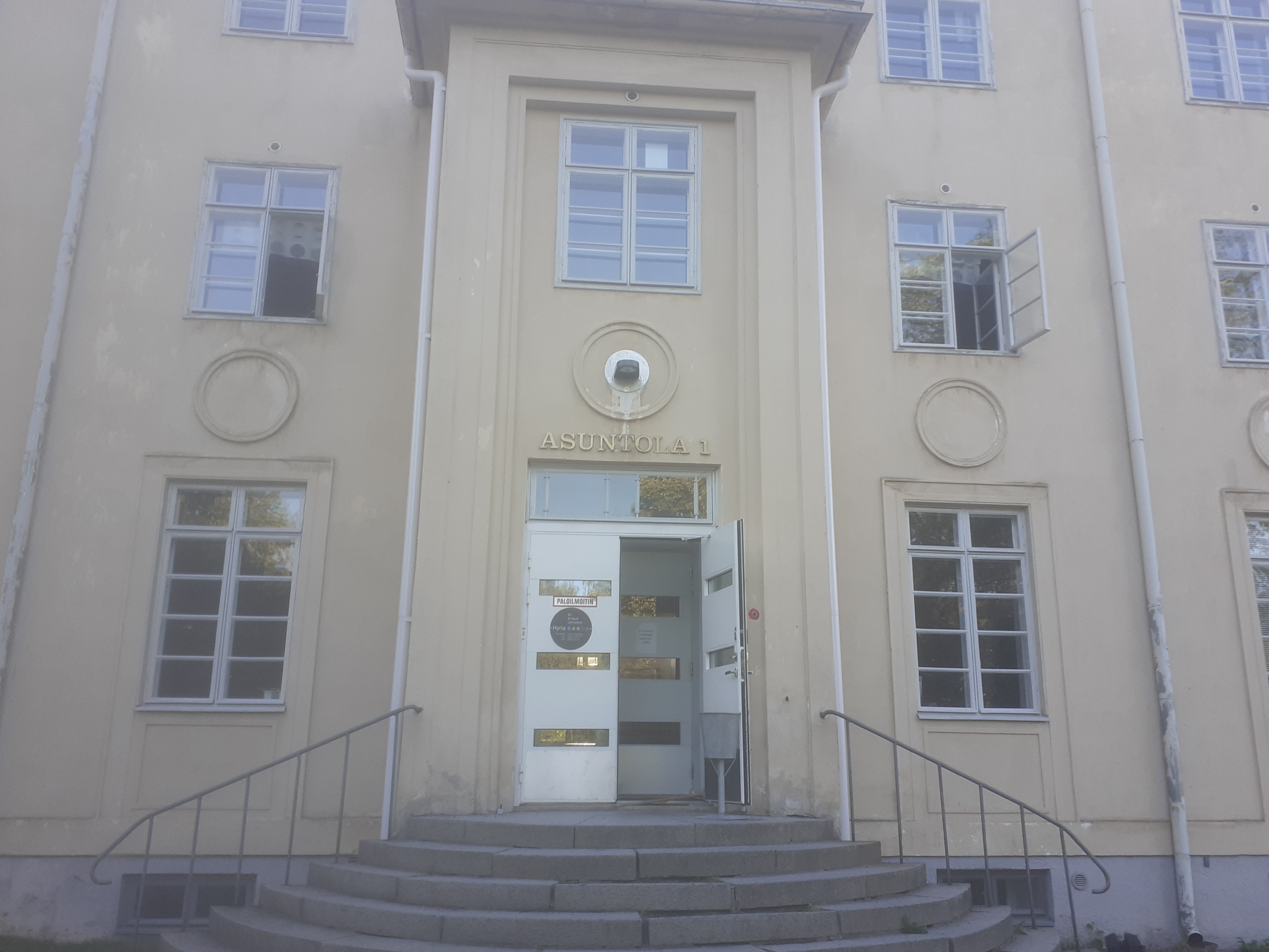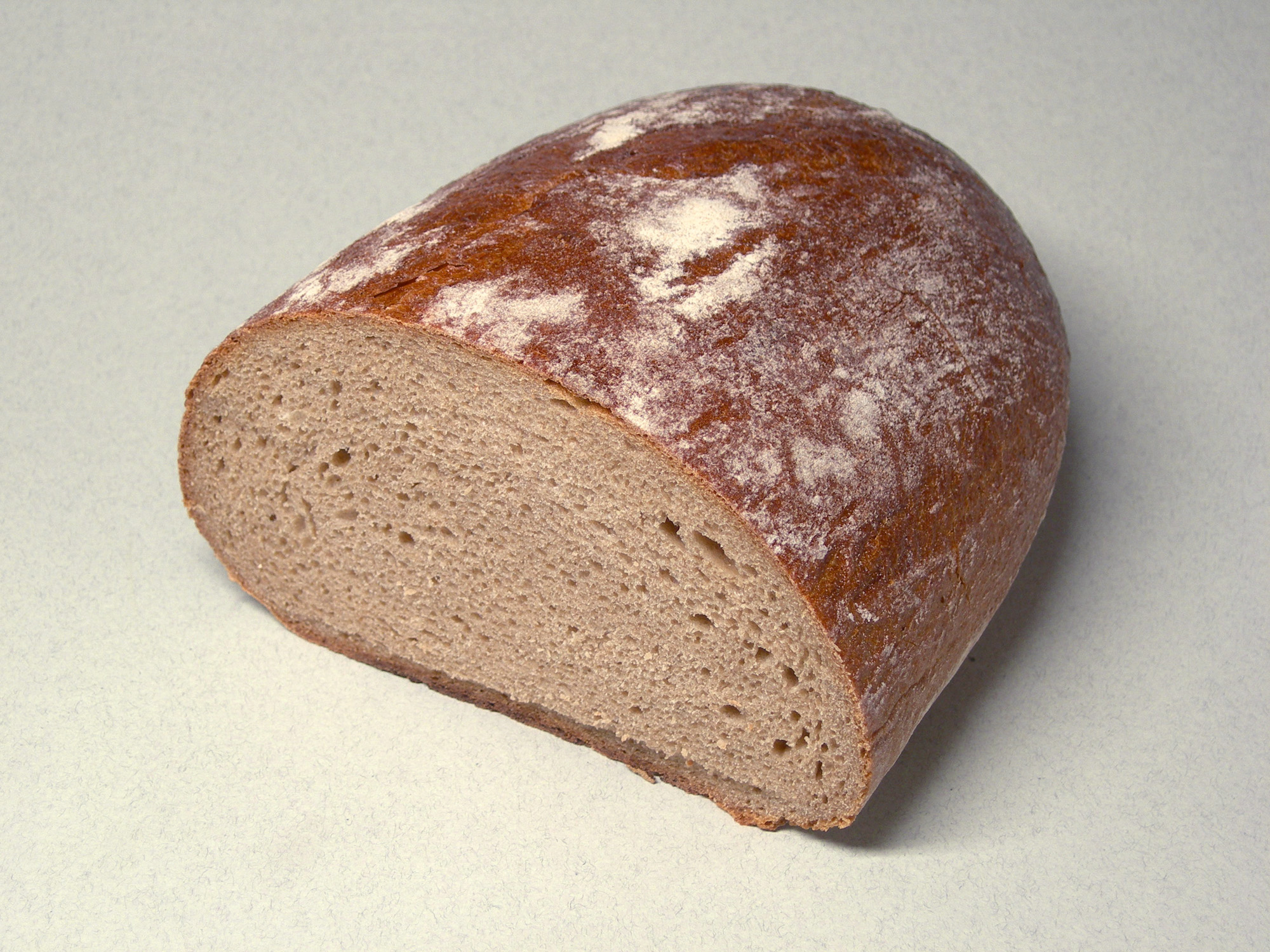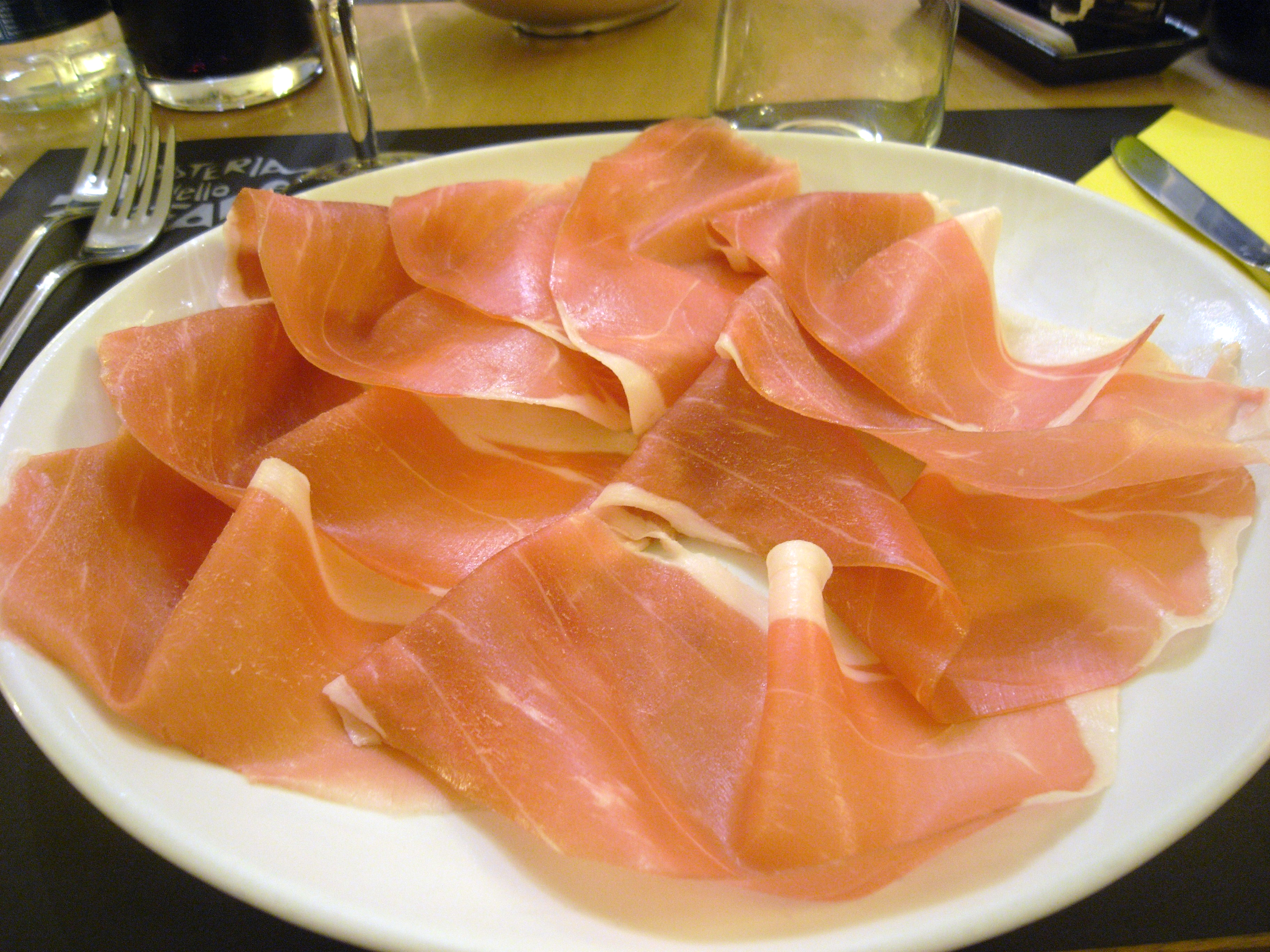|
Top Chef Suomi
Top Chef Suomi is a Finnish cooking reality show on Sub based on the American television series ''Top Chef''. Auditions for the series were held in autumn 2010 and 12 contestants were chosen. The programme is hosted by model and restaurant chef Pipsa Hurmerinta The head judge for the competition is Finland's most renowned chef Hans Välimäki. The other judge is business group manager of Royal Ravintolat Pia Kämppi. ''Top Chef'' season 5 runner up Stefan Richter has made an appearance as a special guest judge for the first four episodes. The show is produced by Solar Television Oy. The show is renewed for a second season, which is expected to premiere in either fall 2011 or in spring 2012. The winner of ''Top Chef Suomi'' Akseli Herlevi received a culinary travel grant to top restaurants worldwide worth €10,000, a contract for a cookbook with the publishing company Tammi, a Samsung flatscreen TV and home entertainment system worth €8,000. Contestants 12 chefs competed ... [...More Info...] [...Related Items...] OR: [Wikipedia] [Google] [Baidu] |
Hans Välimäki
Hans Välimäki (born 23 April 1970) is a Finnish chef, and since 1998, was the owner of the now closed restaurant Chez Dominique.Simola, Sami: Kahden tähden Välimäki. ''Helsingin Sanomat'', 22 April 2010, page D1. Välimäki was the chief judge of the Sub culinary show '' Top Chef Suomi'' and hosts the Finnish version of ''Ramsay's Kitchen Nightmares'', '' Kuppilat kuntoon, Hans Välimäki!''. Välimäki is married and has four children. Bibliography * Kahden tähden keittokirja, Kaisaniemen Dynamo, 2003 * Koti keittiössä, Otava, 2004 – vuoden 2004 suomalainen keittokirja. (food: Hans Välimäki, pictures: Sami Repo, text: Mikko Takala) reprint 2007 * Chez Dominique, Otava, 2004 (food: Hans Välimäki, pictures: Sami Repo, text: Mikko Takala) * Grillistä, Otava, 2005 (food: Hans Välimäki ; pictures: Sami Repo ; text: Mikko Takala.) * P.S.: parasta sokerista, Otava, 2007 (desserts and pastries: Hans Välimäki, Vesa Parviainen, pictures: Sami Repo, text: Mikko Takala, ... [...More Info...] [...Related Items...] OR: [Wikipedia] [Google] [Baidu] |
Hyvinkää
Hyvinkää (; sv, Hyvinge, ) is a city and municipality of Finland. It is located in the Uusimaa region, approximately north of the capital Helsinki. The city was chartered in 1960. The population of Hyvinkää is (). Its neighboring municipalities are Riihimäki and Hausjärvi in the north, Mäntsälä in the east, Tuusula and Nurmijärvi in the south, and Vihti and Loppi in the west. Highways (such as Tampere Highway ( E12) and Hanko Highway) and rail connections make it one of the suburban commuter centers of Greater Helsinki. The city planning has had an emphasis on recreational facilities. Some of the more well-known buildings in Hyvinkää are, among others, the Church (1961, Aarno Ruusuvuori) of Hyvinkää and the manor house of Kytäjä. The Finnish Railway Museum is located in Hyvinkää. Hyvinkää is also home to Konecranes, which specializes in the manufacture and service of cranes, and KONE Elevators, the world's third-largest elevator company who manufacture, ... [...More Info...] [...Related Items...] OR: [Wikipedia] [Google] [Baidu] |
Seafood
Seafood is any form of sea life regarded as food by humans, prominently including fish and shellfish. Shellfish include various species of molluscs (e.g. bivalve molluscs such as clams, oysters and mussels, and cephalopods such as octopus and squid), crustaceans (e.g. shrimp, crabs, and lobster), and echinoderms (e.g. sea cucumbers and sea urchins). Historically, marine mammals such as cetaceans (whales and dolphins) as well as seals have been eaten as food, though that happens to a lesser extent in modern times. Edible sea plants such as some seaweeds and microalgae are widely eaten as sea vegetables around the world, especially in Asia. Seafood is an important source of (animal) protein in many diets around the world, especially in coastal areas. Semi-vegetarians who consume seafood as the only source of meat are said to adhere to pescetarianism. The harvesting of wild seafood is usually known as fishing or hunting, while the cultivation and farming of seafood is kno ... [...More Info...] [...Related Items...] OR: [Wikipedia] [Google] [Baidu] |
Smetana (cream)
Smetana (or ''smotana'') is a type of sour cream from Central and Eastern Europe. It is a dairy product produced by souring heavy cream. It is similar to ''crème fraîche'' (28% fat), but nowadays mainly sold with 9% to 42% milkfat content depending on the country. Its cooking properties are different from ''crème fraîche'' and the lighter sour creams sold in the US, which contain 12 to 16% butterfat. It is widely used in cooking and baking. Uses and distribution Smetana is also used in other central Central and Eastern European cuisines in appetizers, main courses, soups and desserts. For example, it may be blended with soups, vegetable salads, cole slaw, and meat dishes. It is served with dumplings (''pelmeni'', '' pierogi'', ''varenyky''), or with pancakes (''bliny'', '' palacsinta'', '' naleśniki'', ''oladyi'', ''syrniki''). It is also used as a filling in savoury pancakes. Smetana can be blended to a Liptauer-like cheese spread with quark or cottage cheeses, onions, ... [...More Info...] [...Related Items...] OR: [Wikipedia] [Google] [Baidu] |
Esox
''Esox'' is a genus of freshwater fish commonly known as pike or pickerel. It is the type genus of the family Esocidae. The type species of the genus is ''Esox lucius'', the northern pike. ''Esox'' has been present in Laurentia (which later became North America) and Eurasia since the Paleocene. Modern large pike species are native to the Palearctic and Nearctic realms, ranging across Northern America and from Western Europe to Siberia in North Asia. Pikes have the elongated, torpedo-like shape typical of predatory fishes, with sharply pointed heads and sharp teeth. Their coloration is typically grey-green with a mottled or spotted appearance with stripes along their backs, providing camouflage among underwater weeds, and each individual pike marking patterns are unique like fingerprints. Pikes can grow to a maximum recorded length of , reaching a maximum recorded weight of . Etymology The generic name ''Esox'' (pike fish) derives from the Greek ἴσοξ (''ee-soks'', a ... [...More Info...] [...Related Items...] OR: [Wikipedia] [Google] [Baidu] |
Pyttipannu
Pyttipanna (Swedish language, Swedish), pyttipanne (Norwegian language, Norwegian), pyttipannu (Finnish language, Finnish) or biksemad (Danish language, Danish), is a culinary dish consisting of chopped meat, potatoes and onions fried in a pan, similar to a hash (food), hash. The term is Compound (linguistics), compound Swedish language, Swedish for "small pieces in pan", but it can also be found styled as separate words: pytt i panna (Norwegian: pytt-i-panne). The Danish term means "mixed food". It is a popular dish in Sweden, Norway, Finland and Denmark. Traditionally consisting of potatoes, onions, and any kind of chopped or Ground meat, minced meat such as sausage, ham or meatballs, diced and then pan fried, it is often served with a fried egg, pickled beetroot slices, sour pickled gherkin slices, capers and sometimes ketchup or brown sauce. An alternative version of the dish stirs in cream after frying, much like a gravy, turning it into "cream stewed pyttipanna" ( sv, grädds ... [...More Info...] [...Related Items...] OR: [Wikipedia] [Google] [Baidu] |
Beurre Blanc
''Beurre blanc'' ("white butter" in French) is a warm emulsified butter sauce made with a reduction of vinegar and/or white wine (normally Muscadet) and shallots into which softened whole butter is whisked in off the heat to prevent separation. The small amount of emulsifiers naturally found in butter are used to form an oil-in-water emulsion. Although similar to hollandaise in concept, it is considered neither a classic leading nor compound sauce.(1995), '' On Cooking'', Sarah R. Labensky, Salan M. Hause, Priscilla A. Martel This sauce originates in Loire Valley cuisine. Origin The chef Clémence Lefeuvre (née Clémence Prau) invented ''beurre blanc'', apparently by accident, sometime around the beginning of the 20th century. She served this sauce at her restaurant "La Buvette de la Marine" in the hamlet of La Chebuette in the village of Saint-Julien-de-Concelles on the banks of the Loire River a few kilometers upstream from Nantes. [...More Info...] [...Related Items...] OR: [Wikipedia] [Google] [Baidu] |
Jerusalem Artichoke
The Jerusalem artichoke (''Helianthus tuberosus''), also called sunroot, sunchoke, wild sunflower, topinambur, or earth apple, is a species of sunflower native to central North America. It is cultivated widely across the temperate zone for its tuber, which is used as a root vegetable.Purdue University Center for New Crops & Plants Products''Helianthus tuberosus''/ref> Description ''Helianthus tuberosus'' is a herbaceous perennial plant growing to tall with opposite leaves on the lower part of the stem but alternate towards the top. The leaves have a rough, hairy texture. Larger leaves on the lower stem are broad ovoid-acute and can be up to long. Leaves higher on the stem are smaller and narrower. The flowers are yellow and produced in capitate flowerheads, which are in diameter, with 10–20 ray florets and 60 or more small disc florets. The flowers are briefly fragrant, giving off a light, vanilla-chocolate perfume. The tubers are often elongated and uneven, typically ... [...More Info...] [...Related Items...] OR: [Wikipedia] [Google] [Baidu] |
Lentils
The lentil (''Lens culinaris'' or ''Lens esculenta'') is an edible legume. It is an annual plant known for its lens-shaped seeds. It is about tall, and the seeds grow in pods, usually with two seeds in each. As a food crop, the largest producer is Canada, producing 45% of the world’s total lentils. In cuisines of the Indian subcontinent, where lentils are a staple, split lentils (often with their hulls removed) known as dal are often cooked into a thick curry/gravy that is usually eaten with rice or ''rotis''. Botanical description Name Many different names in different parts of the world are used for the crop lentil. The first use of the word ''lens'' to designate a specific genus was in the 16th century by the botanist Tournefort. The word "lens" for the lentil is of classical Roman/Latin origin: McGee points out that a prominent Roman family took the name " Lentulus", just as the family name "Cicero" was derived from the chickpea, ''Cicer arietinum'', or " Fabi ... [...More Info...] [...Related Items...] OR: [Wikipedia] [Google] [Baidu] |
Sander (genus)
''Sander'' (formerly known as ''Stizostedion'') is a genus of predatory ray-finned fish in the family Percidae, which also includes the perches, ruffes, and darters. They are also known as "pike-perch" because of their resemblance to fish in the unrelated Esocidae (pike) family. They are the only genus in the monotypic tribe Luciopercini, which is one of two tribes in the subfamily Luciopercinae, Characteristics ''Sander'' species have elongated and laterally compressed bodies and they range in total length from in the Volga pikeperch (''S. volgensis'') to in the zander (''S. lucioperca''). The species within the genus share canine-like teeth that are at their largest in the zander, and although they are not present in adult Volga pikeperches, they do possess them as juveniles. in addition, they have thin rows of teeth on their jaws, vomer, and palatines, the preopercle shows strong serrations along its edges, a continuous lateral line reaches all the way from the head to t ... [...More Info...] [...Related Items...] OR: [Wikipedia] [Google] [Baidu] |
Ruisleipä
Bread is a staple food of Finland. It is served with almost every meal and many different types are produced domestically. In the Swedish-speaking region of Åland, there are other varieties of bread, the majority of which owe much to Swedish cuisine. Rye bread Rye bread (''ruisleipä'', ''ruisreikäleipä'', ''reikäleipä'', ''jälkiuunileipä'' or ''näkkileipä'' and ''hapanleipä'' () in Finnish) is a dark, sour bread produced in quantity in Finland. It is very popular, like in other Nordic cuisines. Compared with the more internationally popular German style, Finnish rye-breads tend to be less oily or moist in texture. The most common types of Finnish rye bread are not sweet nor do they contain spices like caraway, unlike Swedish rye breads. As well as traditional breads more modern, softer breads exist as well these days. Limppu Traditional Eastern Finnish rye bread is called ''limppu''. The closest translation to English would be "loaf" (although ''limppu'' is always ... [...More Info...] [...Related Items...] OR: [Wikipedia] [Google] [Baidu] |
Parma Ham
''Prosciutto crudo'', in English often shortened to prosciutto ( , ), is Italian uncooked, unsmoked, and dry-cured ham. ''Prosciutto crudo'' is usually served thinly sliced. Several regions in Italy have their own variations of ''prosciutto crudo'', each with degrees of protected status, but the most prized are Prosciutto di Parma DOP from Emilia-Romagna and Prosciutto di San Daniele DOP from Friuli Venezia Giulia. Unlike Speck (Speck Alto Adige PGI) from the South Tyrol region, prosciutto is not smoked. In Italian, ''prosciutto'' means any kind of ham, either dry-cured (''prosciutto crudo'' or simply ''crudo'') or cooked (''prosciutto cotto''), but in English-speaking countries, it usually means either Italian ''prosciutto crudo'' or similar hams made elsewhere. However, the word "prosciutto" itself is not protected; cooked ham may legally be, and in practice is, sold as ''prosciutto'' (usually as ''prosciutto cotto'', and from Italy or made in the Italian style) in English-spe ... [...More Info...] [...Related Items...] OR: [Wikipedia] [Google] [Baidu] |



.png)



